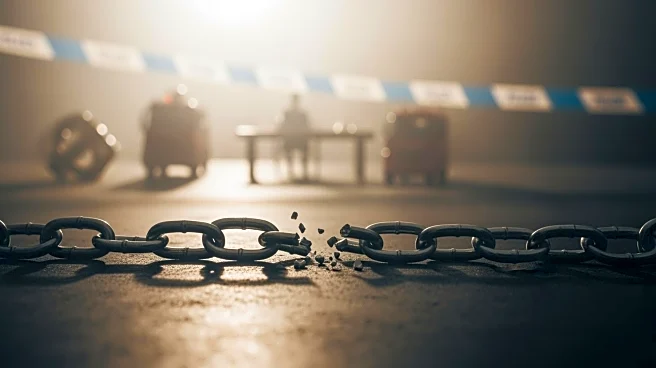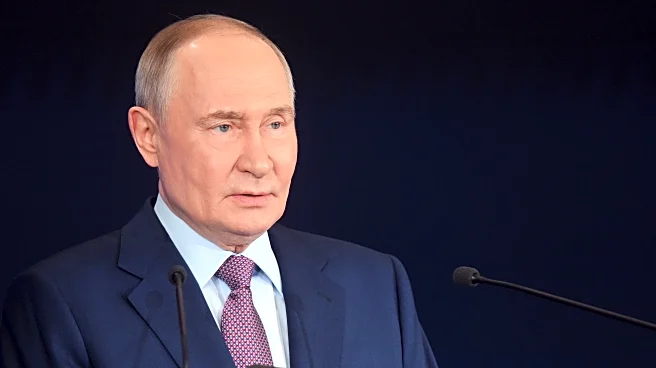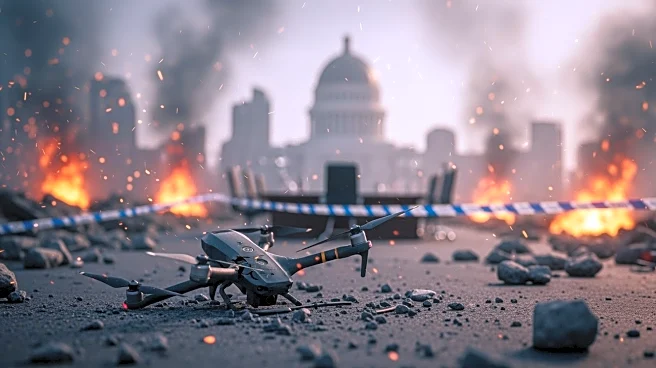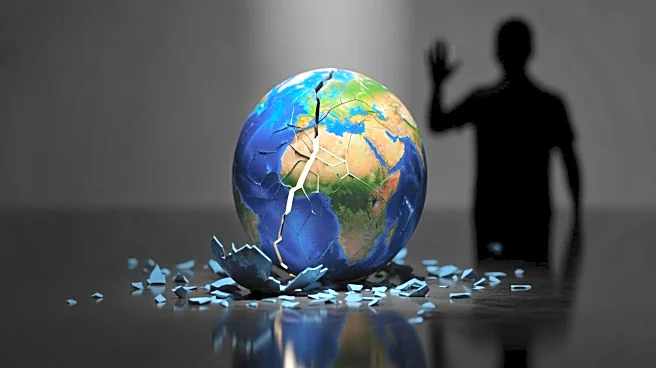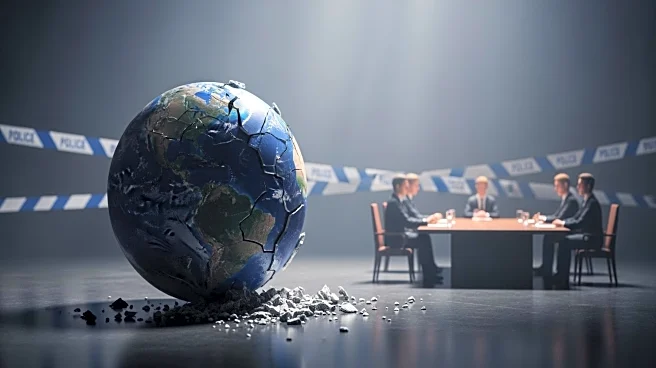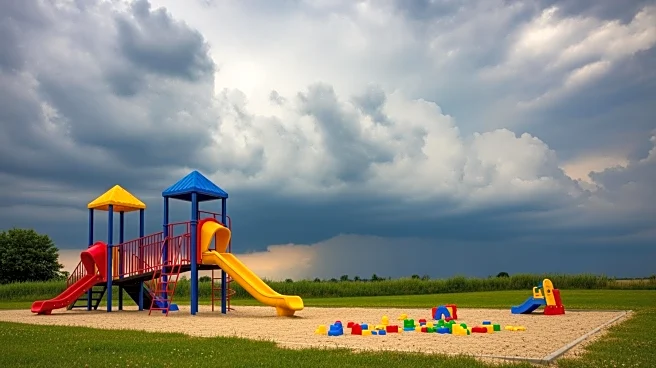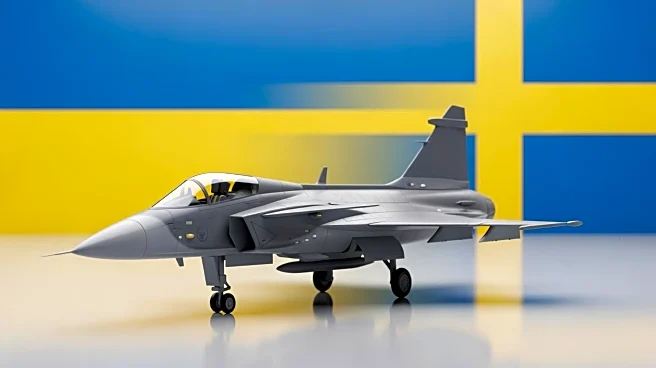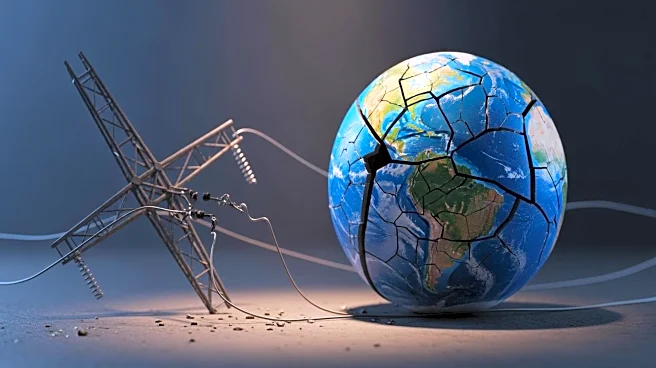What's Happening?
On October 23, a Russian drone strike in Kramatorsk, Donetsk Oblast, resulted in the deaths of Freedom TV journalist Olena Hramova and cameraman Yevhen Karmazin. The attack also injured special correspondent
Oleksandr Kolychev, who has been hospitalized. The journalists were reportedly on assignment in the region when their vehicle was struck by a Russian Lancet kamikaze drone. President Volodymyr Zelensky condemned the attack, highlighting the ongoing targeting of journalists by Russian forces. The incident marks another tragic loss for Ukraine's press community, which has been under constant threat since the start of Russia's full-scale invasion.
Why It's Important?
The targeting of journalists in conflict zones raises significant concerns about press freedom and the safety of media personnel. The deaths of Hramova and Karmazin underscore the risks faced by journalists covering the war in Ukraine. This incident contributes to the broader narrative of Russia's aggressive tactics against media workers, which have included the destruction of media infrastructure and direct attacks on journalists. The loss of life among media personnel not only impacts the individuals and their families but also affects the flow of information from conflict zones, potentially hindering global awareness and understanding of the situation in Ukraine.
What's Next?
The international community may respond with increased pressure on Russia to cease its attacks on journalists and respect press freedom. Media organizations and advocacy groups are likely to call for stronger protections for journalists in conflict zones. Ukraine may seek further support from international bodies to address these violations and ensure the safety of its media workers. The ongoing conflict and targeting of journalists could lead to heightened diplomatic tensions and calls for accountability from Russia.
Beyond the Headlines
The targeting of journalists in Ukraine highlights broader ethical and legal issues regarding the protection of media personnel in war zones. It raises questions about the responsibility of warring parties to uphold international laws that safeguard journalists. The incident may prompt discussions on the need for enhanced international mechanisms to protect journalists and ensure accountability for violations. Long-term, this could lead to shifts in how media organizations operate in conflict areas, potentially influencing global standards for journalist safety.


